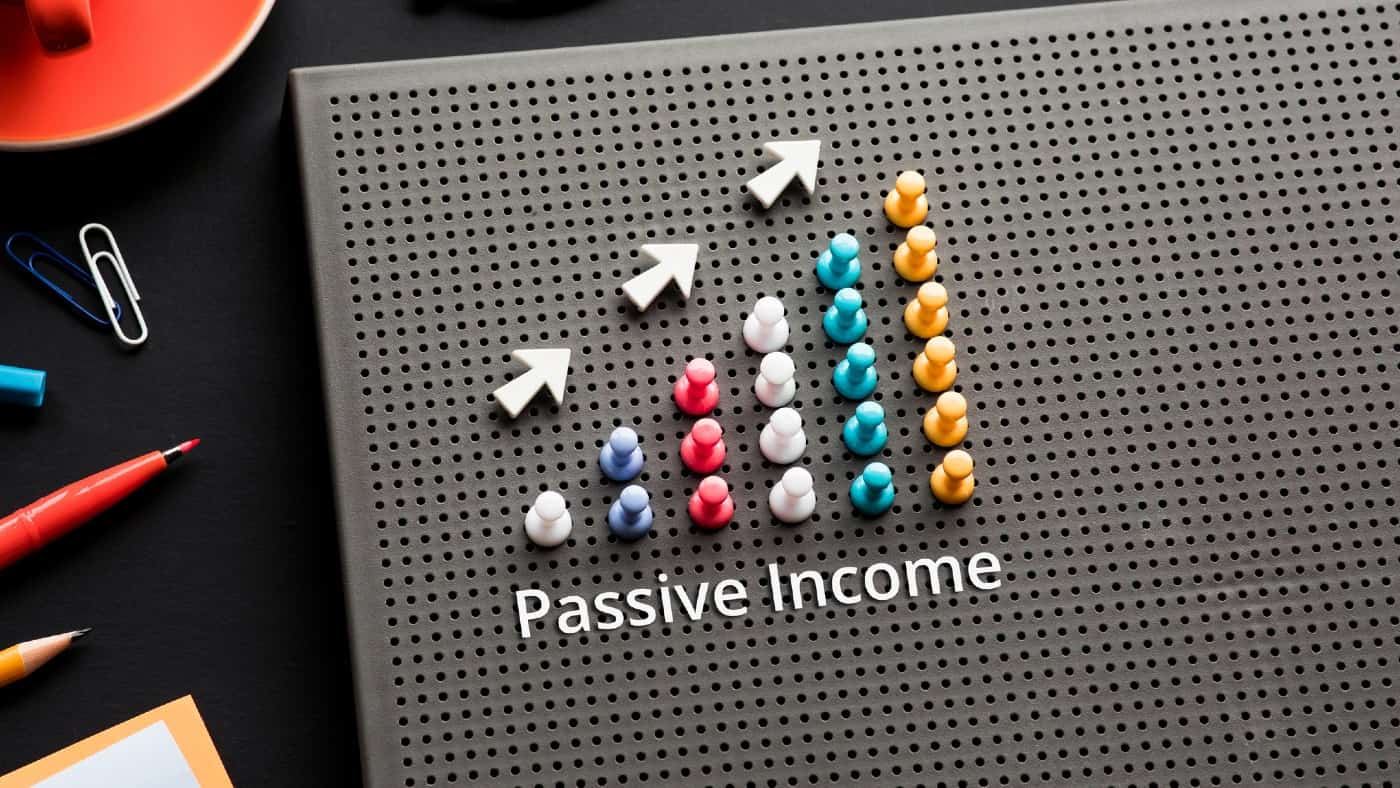Growth shares and value shares both offer returns that can equate to a decent amount of monthly passive income. While growth shares focus on growing the business and, subsequently, the share price, value shares try attract investment through dividends.
While growth shares can be more profitable and volatile, value shares typically provide a slow yet reliable source of income.
So which is best for passive income?
Well, that depends.
It makes sense to shift focus towards dividend-paying (value) shares the closer one gets to retirement. This ensures regular payments are made throughout the year to support financial needs. But early investors who are financially stable could build a larger retirement pot from growth shares.
A portfolio of growth shares that increase at an average of 7% annually would need £171,000 invested to return £12,000 per year. Naturally, a portfolio of shares with an average 7% dividend yield would achieve similar returns.
The trick is evaluating the growth prospects and the consistency of dividend payments to assess the best long-term option.
Evaluating a growth share
With a £237bn market cap, AstraZeneca (LSE: AZN) is one of the most popular pharmaceutical stocks on the FTSE 100. A recent earnings report revealed £47bn in revenue and £39bn in gross profit. It only has a 1.8% dividend yield but over the past 10 years, its share price has increased from £43 to £123. That equates to annualised returns of 11% per year. If it continues to grow at this rate, an investment of £10,000 would return £12,000 a year after 23 years.
But while AstraZeneca has been performing well, there is no guarantee it will continue. It faces the risk of patent expirations and strong competition from other major drug developers like Johnson & Johnson, Roche and Merck. One of AstraZeneca’s best-selling drugs, Farxiga, comes off patent in 2024. If a competitor releases a similar or better version of the drug, it could cost AstraZeneca $4.3bn in annual sales.
Evaluating a value share
By comparison, the HSBC (LSE: HSBA) share price has increased from £6.14 to £6.99 in the past 10 years – an annualised return of only 1.8%. Even though it has a high 7% dividend yield, it would take almost 30 years before it began paying out £12,000 a year. However, the dividend is expected to increase by around 0.2% per year, potentially making the stock a more profitable option in the long term.
But bank shares, while high value, pose other risks. When financial crises occur, they often bear the brunt of the losses. As it is, independent analysts estimate that HSBC’s earnings could decline at an average of 3% per year for the next three years. Reduced earnings could put pressure on the bank’s operating profits and negatively affect price performance.
The verdict
When looking to build a portfolio aiming for passive income, it’s often best to include a mix of growth and value shares. This is particularly important when looking at a long timeline of 30+ years. In this way, the portfolio could benefit from growth shares during strong economic periods and remain stable from value shares during tough times.
However, as retirement draws near, it may be beneficial to weight the portfolio more towards value shares. This should help to ensure a more stable and regular income from dividend payments.








